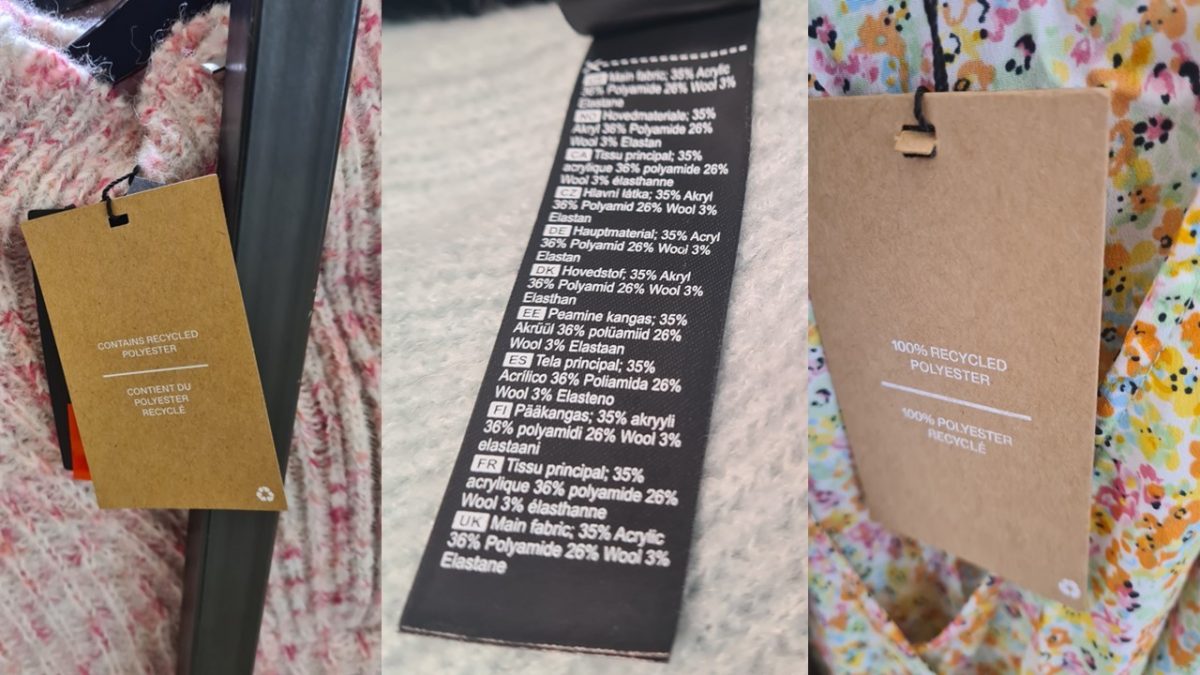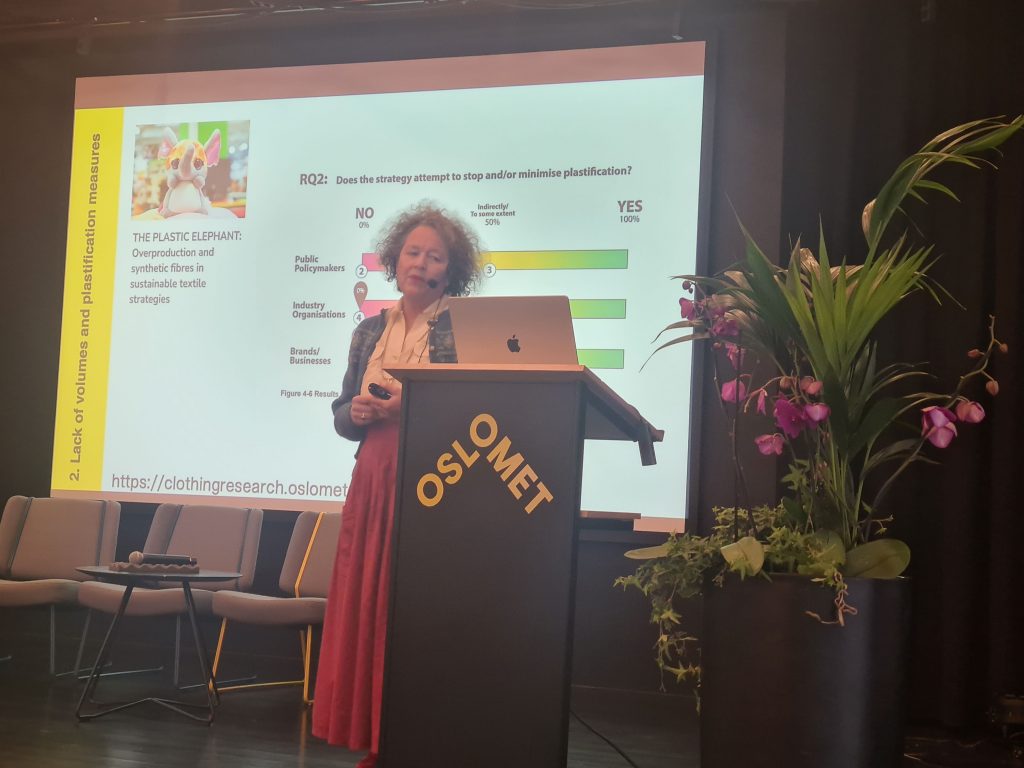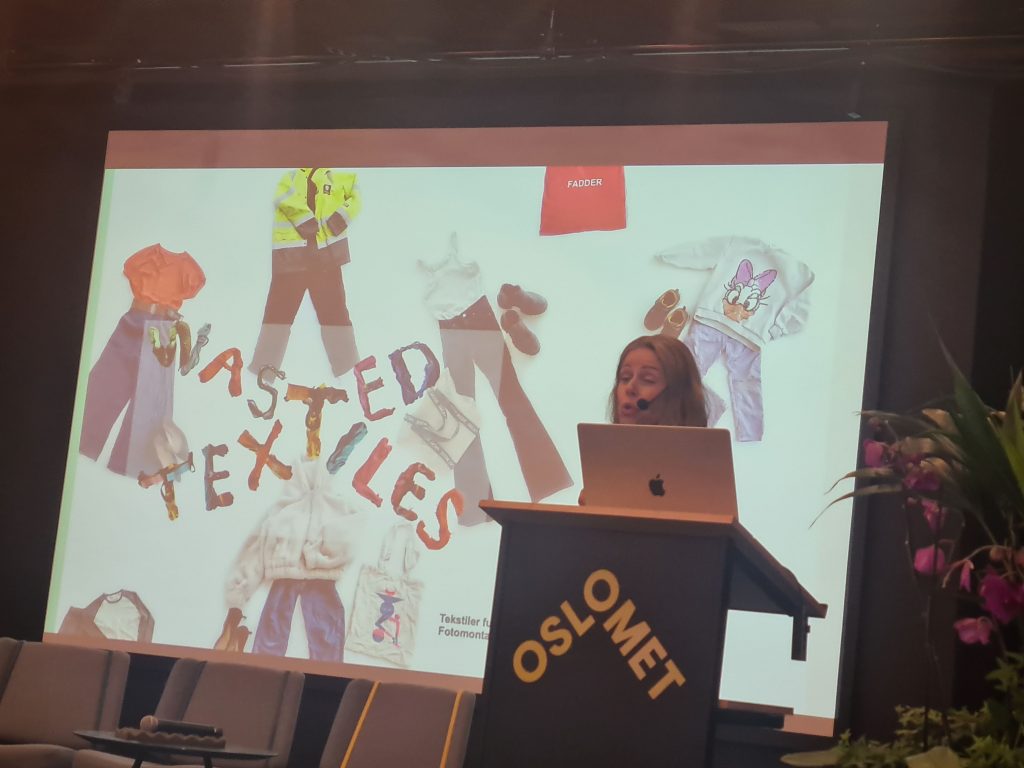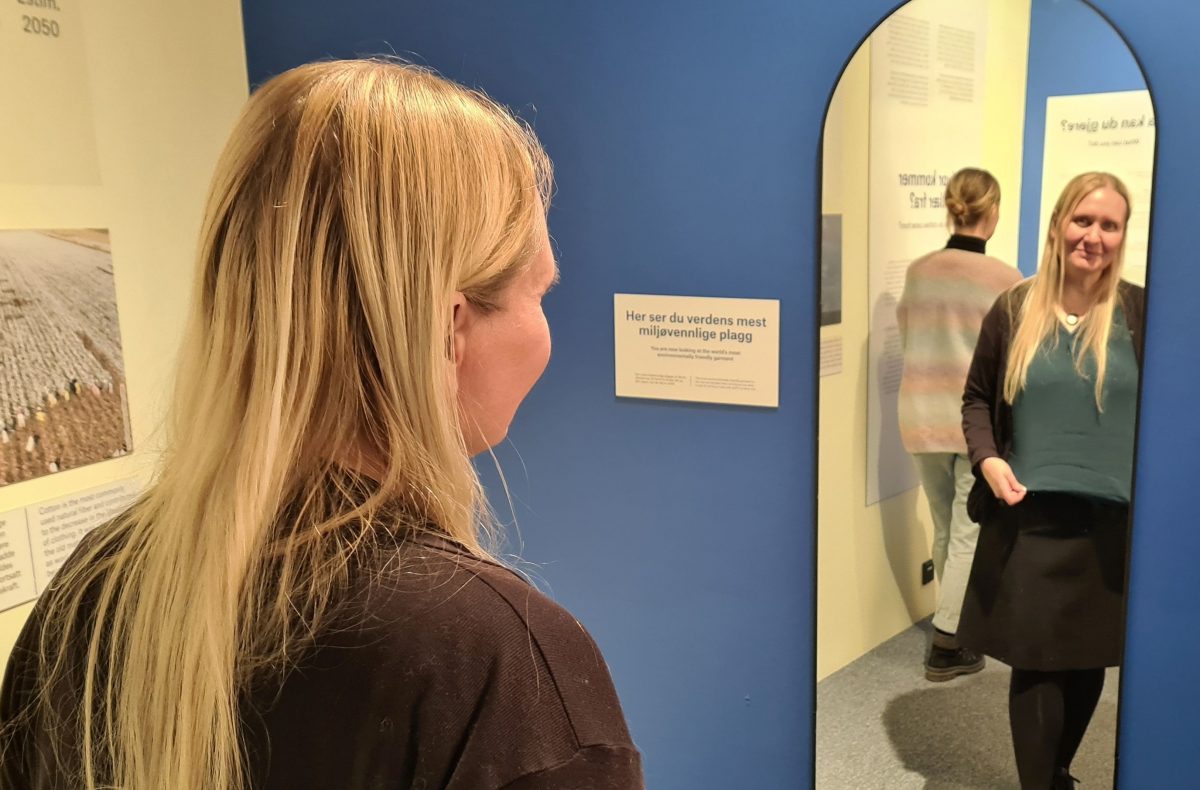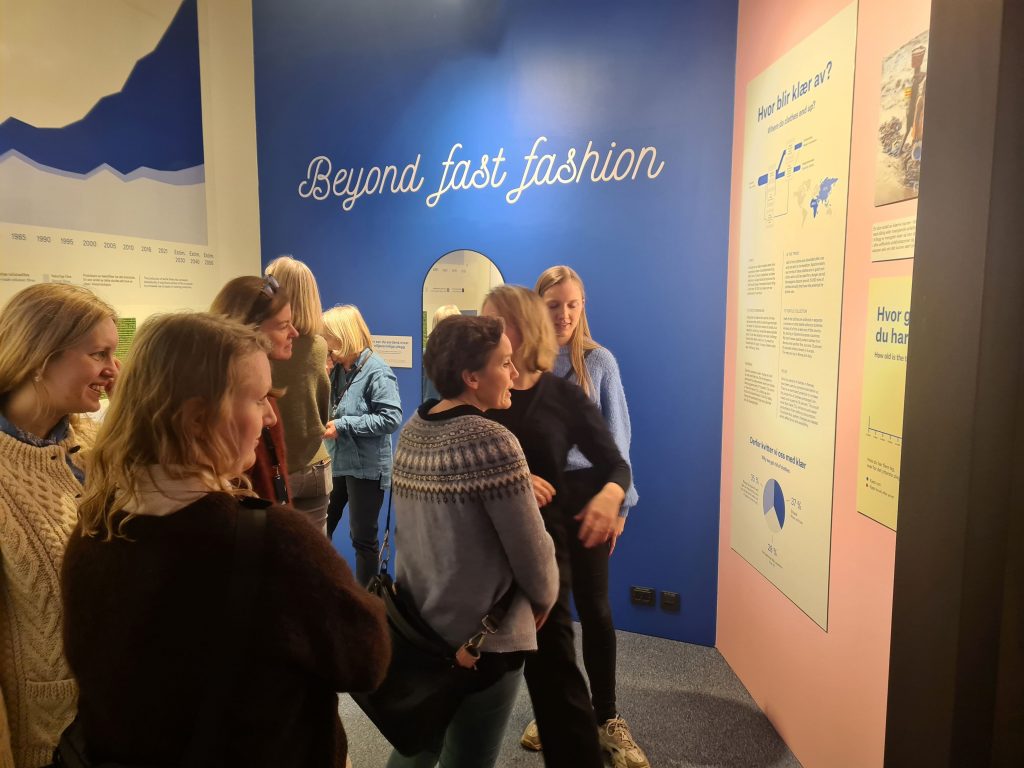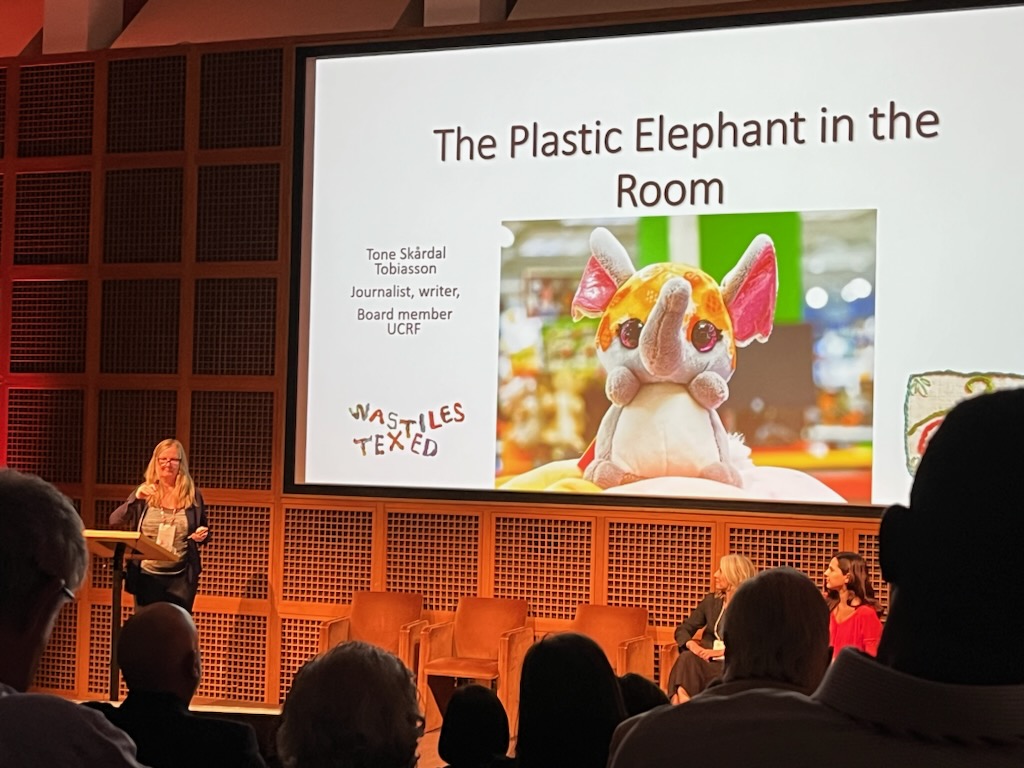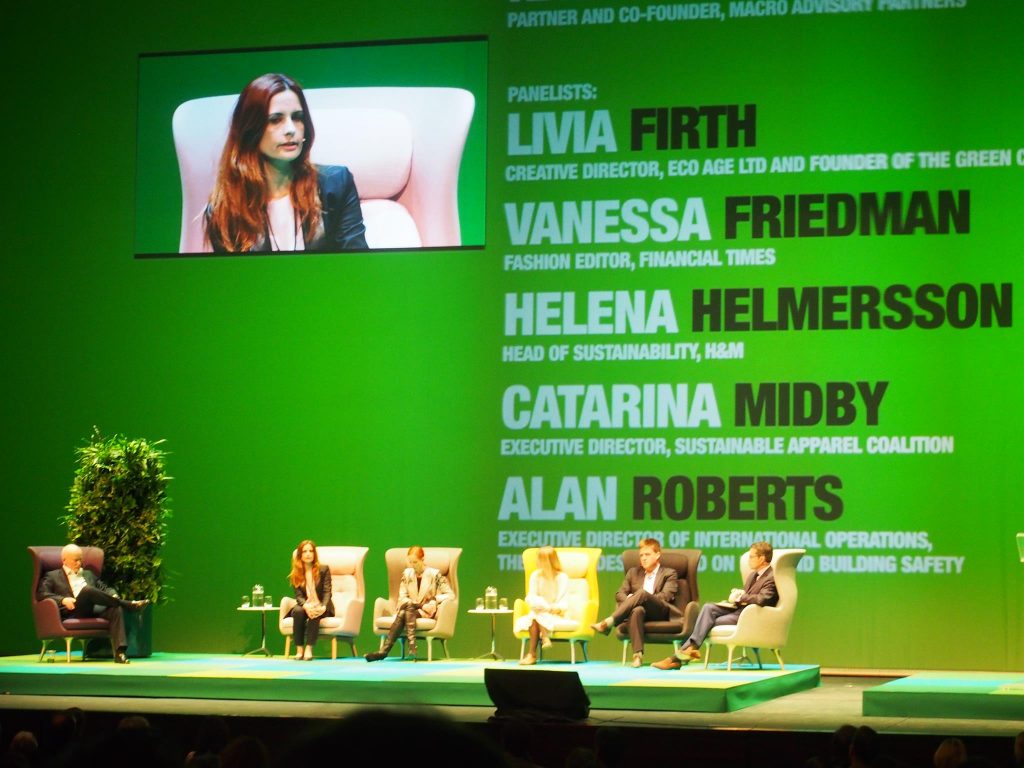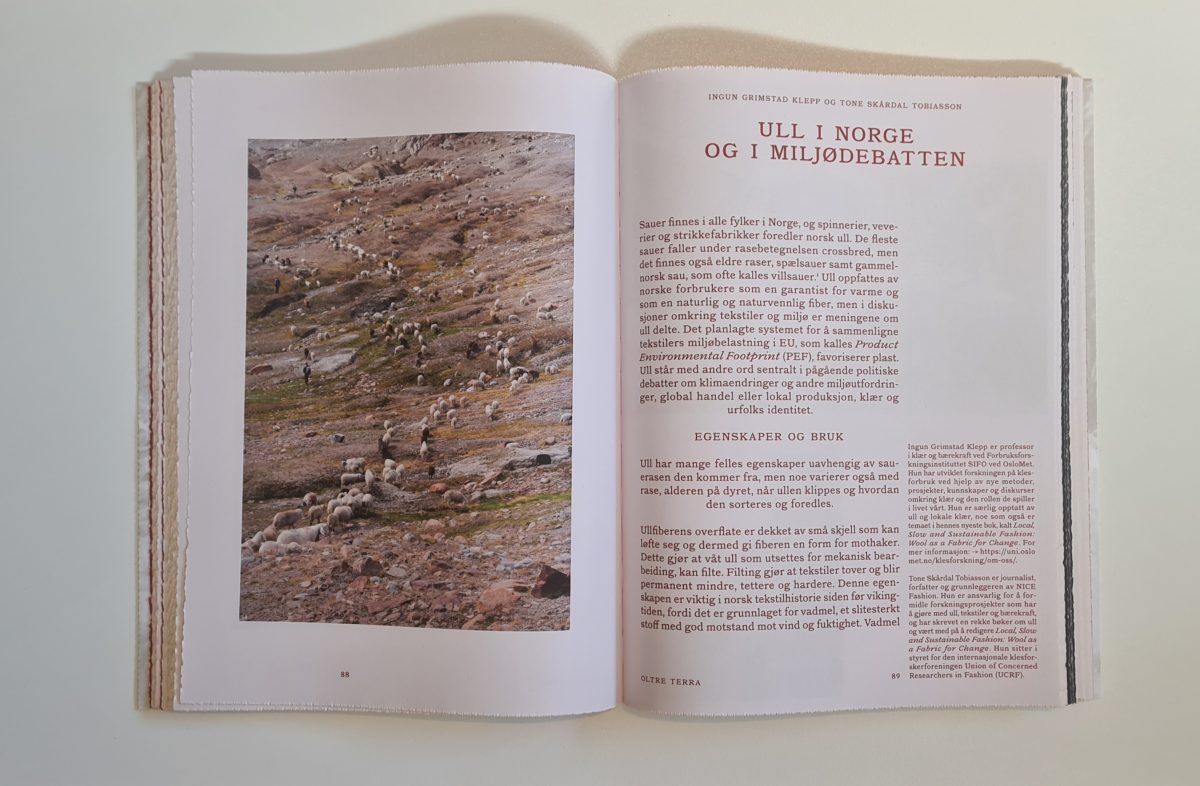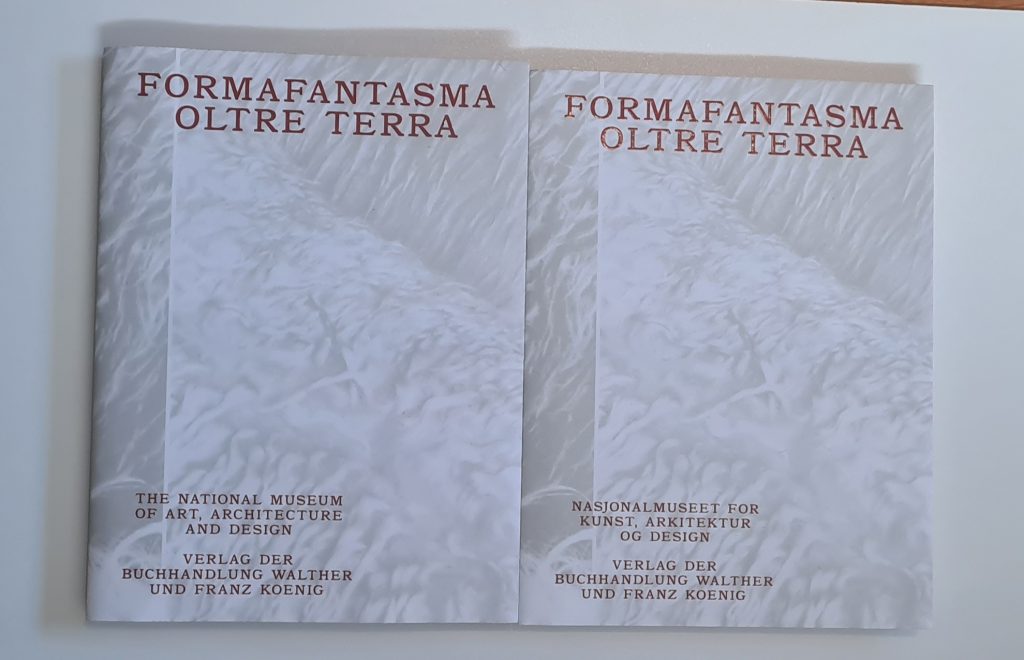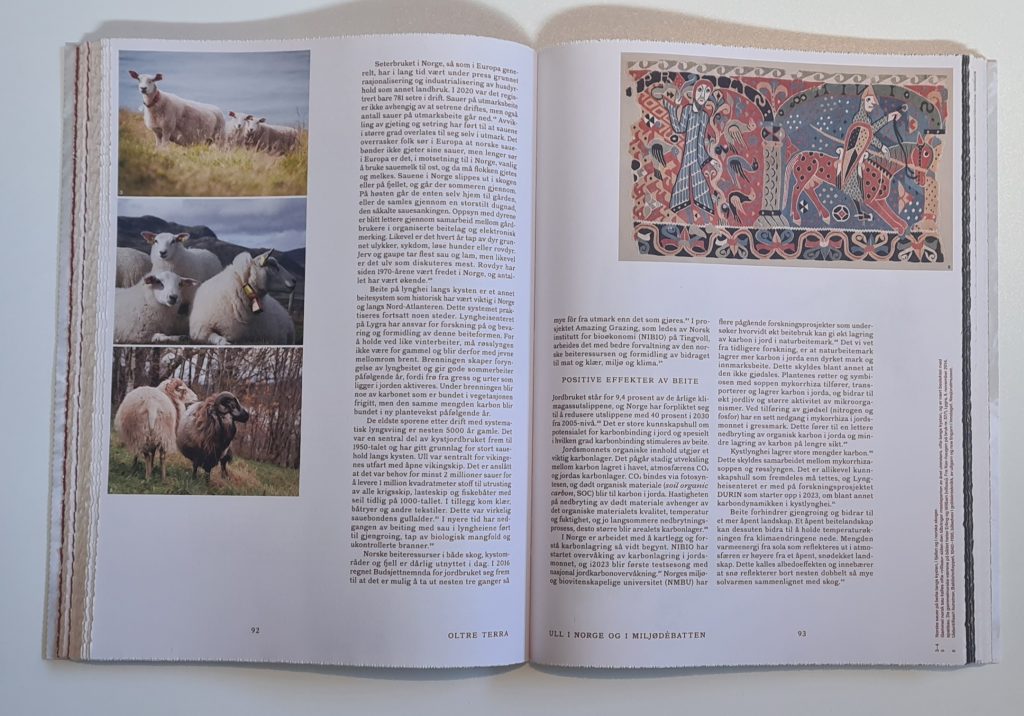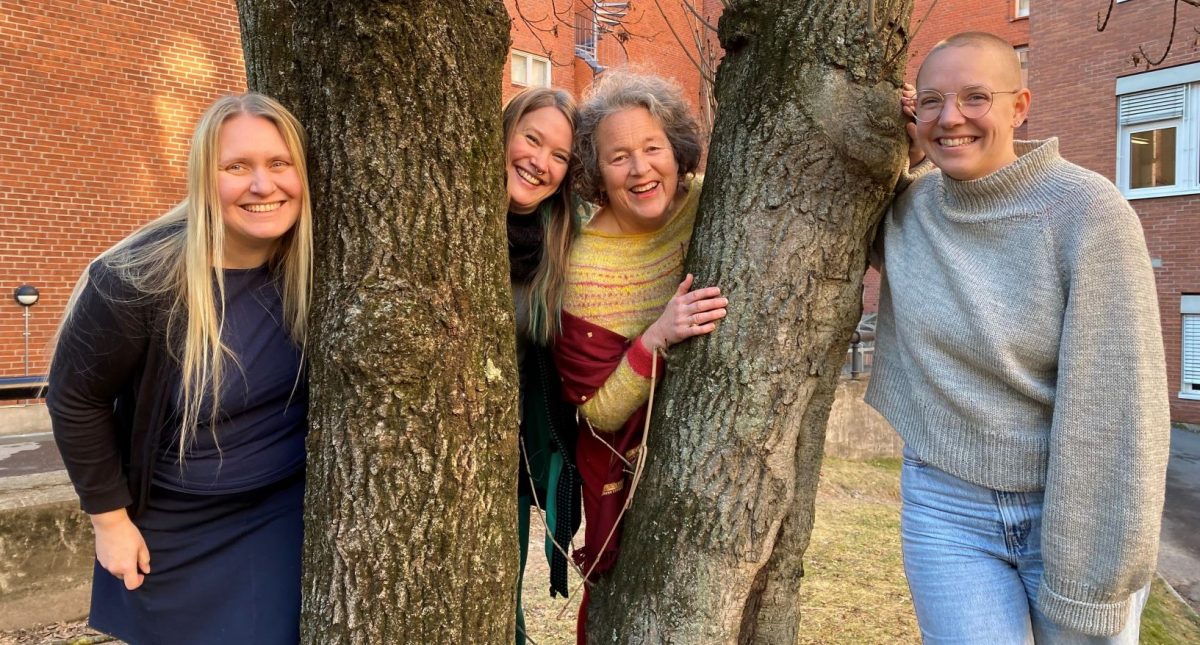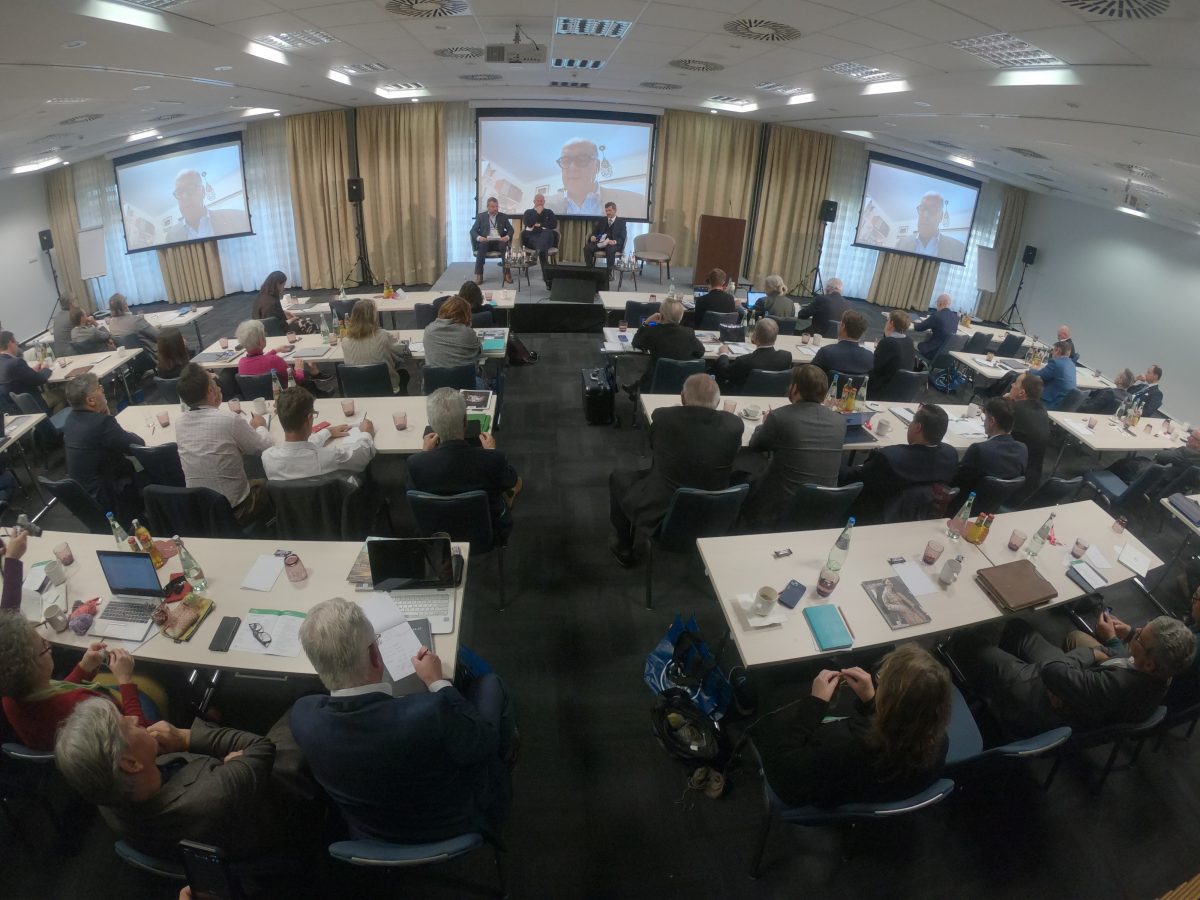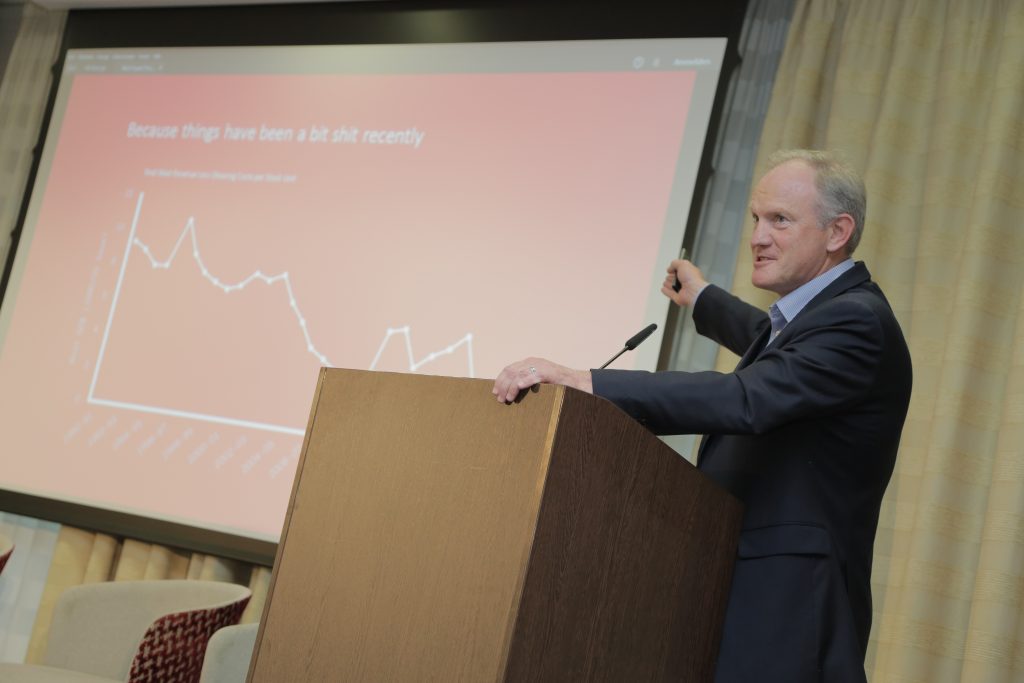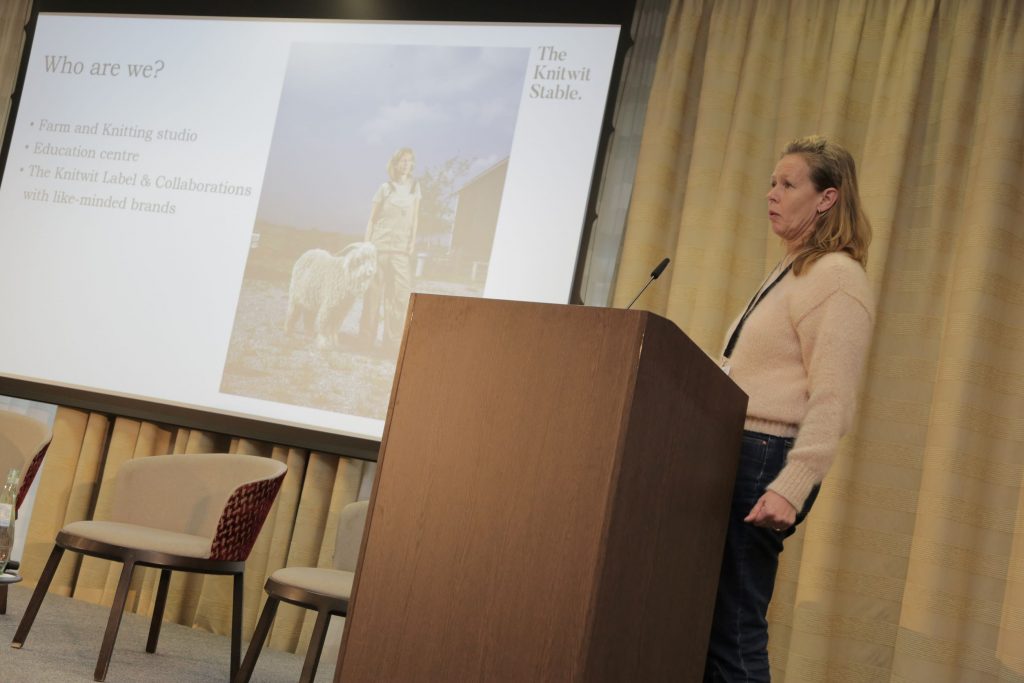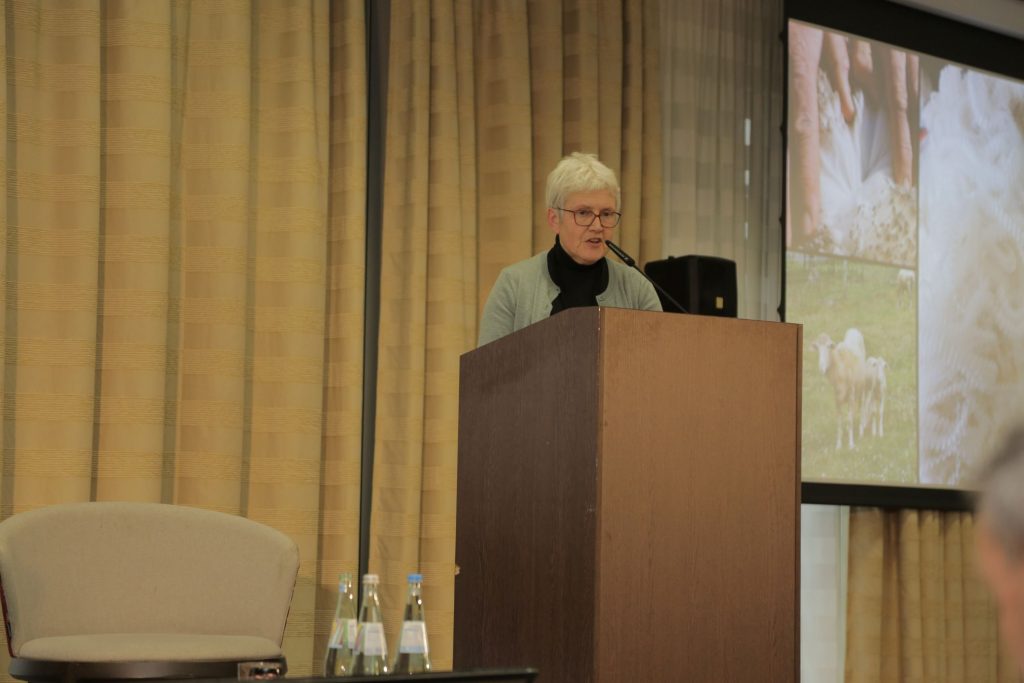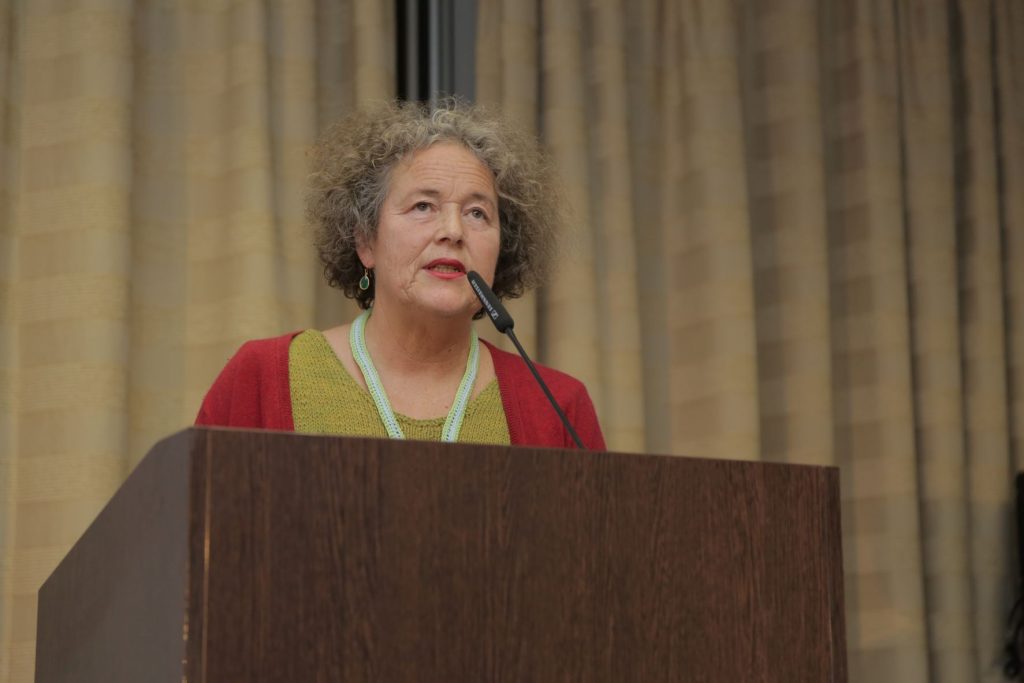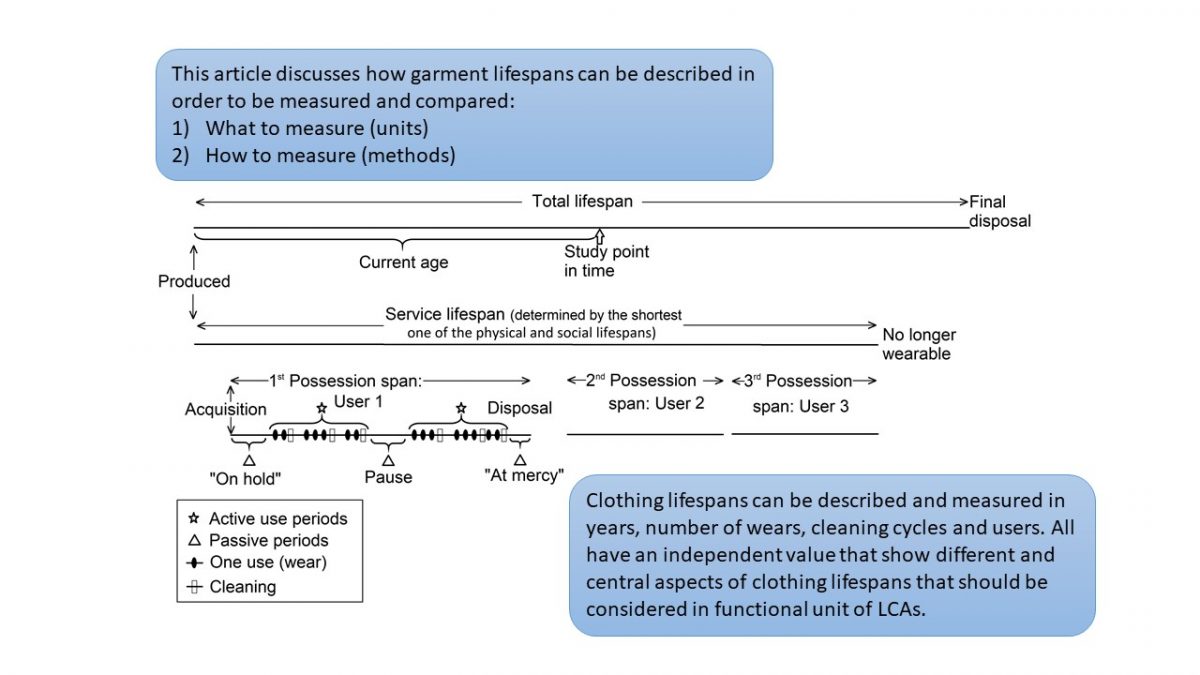Ny høring om PEF: Høringsinnspill levert
Vi har nettopp levert høringssvar for Product Environmental Footprint Category Rules. I alt er det blitt sendt inn 355 svar med i alt 5125 kommentarer. Du måtte fylle ut et Excel skjema som var en smule utfordrende å navigere i.
Vi har tatt ut svarene av Excel arket og laget et vanlig dokument som er enklere å lese, se her.
PEF er ment å brukes for alle produkter, men denne høringen gjelder klær og skotøy. Målet har vært at alt som settes på det europeiske markedet skal merkes med miljøinformasjon. Nå er planen ikke like ambisiøs, det skal ikke lenger være en egen merkeordning, men kun et verktøy som «bare» skal brukes for å dokumentere miljøpåstander. Selve utregningen derimot er den samme. Produktet skal sammenlignes med et «vanlig» produkt i samme kategori. Det er opprettet 13 kategorier som skal dekke alle typer klær og sko. Dette er: t-skjorter; skjorter og bluser; gensere og «midlayers»; jakker og kåper; bukser og shorts; kjoler, skjørt og «jumpsuits»; leggings, strømper, tights og sokker; undertøy; badetøy; klestilbehør (som da vil være alt fra luer til belter), skotøy med ‘åpne tær’, skotøy med ‘innestengte tær’ og støvler.
De eneste av disse kategoriene hvor fiber eller materiale nevnes, er under gensere, og der er ull nevnt, men ikke alpakka, og under jakker/kåper, hvor skinnjakker er nevnt. Og for hvert av disse «fantomplaggene» er det høyst forskjellig hva som er målt og som gjør dem noe du skal sammenlikne opp mot. For eksempel er «land use» (hvor mange kilo fiber du får per kvadratmeter) den viktigste faktoren for gensere og «midlayers», ikke for noen av de andre produktgruppene. Hva logikken er for dette, er det umulig å finne ut av i de mange og lange bakgrunnsdokumentene.
Mangelfull data lite egnet for sammenlikning
Selve systemet er én ting, enda verre blir det når mangelfulle data ikke egnet for å sammenlignes matas inn. Resultatet blir at klær som er laget av naturfibre vil komme dårlig ut. Høyst sannsynlig vil de bli «røde» og ikke «grønne», mens de som er laget av fossile råvarer (plast), nemlig syntetiske fibre som polyester og akryl, vil komme ut som et godt miljøvalg, stikk i strid med det norske forbruker ønsker og på tvers av alle andre strategier som prøver å få ned akkurat bruken av plast.
Det vil også potensielt føre til at fast fashion og ikke minst ultra fast fashion, kan fortsette å vokse, som er det omvendte av det EU har ønsket seg. Derfor har det vært viktig for SIFO å si ifra om at PEF ikke vil gi forbrukere bedre informasjon eller mer miljøvennlige klær. Vi har i mange år arbeidet med å forbedre PEFCR for klær og skotøy, nå tror vi det slaget er tapt og at det viktigste er å stoppe planene om å bruke dette som «dokumentasjon» av grønne påstander, så lenge det feilaktige datagrunnlaget ikke korrigeres.
Snubletråder på alle kanter
Selve høringsrunden har vært alt annet enn demokratisk, med snubletråder på alle plan. Bare det å komme seg inn i EUs base for å levere svar har vært vanskelig uten svart belte i passord og apper, og som sagt, måtte man lese hundrevis av sider med bakgrunnsmateriale og henvise til nøyaktig i hvilket dokument, hvilket kapittel og hvilken linje man hadde en høne å plukke med. Men kanskje det verste er at dokumentene egentlig ikke sier hva resultatet av alle de ulike detaljene faktisk vil bli. Allerede før vi sendte inn svaret, kunne alle delta på et webinarer hvor vi ble fortalt at det å for eksempel klage over at mikroplast ikke er tatt med, ville falle for døve ører fordi selve verktøyet i bunn (livssyklusanalyser) ikke tillater at det legges til nye parametere.
Så selv om EU kommisjonen hadde pålagt arbeidsgruppen som jobber med PEF for klær og sko at de skulle ta med problemene rundt mikroplast ble vi altså fortalt at det altså ikke var noe vits i å påpeke den åpenbare svakheten at dette likevel ikke er gjort. At man frivillig kan si noe i produktinformasjonen om mikrofibre, løser ikke dette store problemet.
Grønnmales av myndighetene?
Slik vi ser det, vil PEF være mer skadelig for miljøet, norske forbrukeres tilgang på gode klær vil forverres og norsk industri vil få det vanskeligere (fordi mange lager produkter i naturmaterialer). Vi har allerede ropt varsku om bunaden og selv om nasjonaldrakter og urfolksklær, og ikke minst egenproduserte klær er planlagt å holdes utenfor, er vi fremdeles bekymret. En ytterligere styrking av fast fashion og plast gjør konkurransesituasjonen for små og sårbare fiber, bedrifter og produkter enda verre. Det er ikke lett å vær David mot Goliat når Goliat attpåtil skal grønnmales av myndighetene.
PEFCR slik den ser ut nå har mange store feil og mangler. Viktig er at mikroplast ikke er tatt med, og heller ikke andre problemer som plast skaper. Dette skjer samtidig med at den ene rapporten mer alvorlig enn den andre kommer om konsekvensene av mikroplast.
Svak forståelse av funksjonalitet
Et annet stor problem er den svake forståelsen av funksjonalitet eller det som kalles funksjonell enhet. Dette er selve grunnpilaren i LCAer, for at de skal gi meningsfull informasjon. Det betyr at den tykke, varme Devold-genseren som du bruker hele vinteren i norsk ull vil være en skikkelig miljøversting (norske sauer tar utrolig mye plass når de beiter) sammenliknet med den tynne akrylgenseren som du kjøpte på salg og vurderer å kaste etter å ha oppdaget at du får elektrisk støt hver gang du trekker den over hodet. Hvor lenge og mye klær brukes er viktig for miljøbelastningene i et LCA system, men også her kommer PEF til kort. Det er særlig her vi på SIFO har bidratt for å få frem kunnskap og metoder som kan brukes for å rette på dette.
I mellomtiden venter norske myndigheter på EU, uten å vite særlig om de virkemidlene som utvikles og eller å undersøke hva konsekvensene av dem kan bli. Men la oss håpe norske politikere våkner før norsk ullindustri og landbruk raseres. Norsk strikkegarn er heldigvis ikke truet direkte (halvfabrikata er foreløpig skjermet, PEF gjelder ferdigvarer), men Dale of Norway, Tingvoll ull og Rauma Collection-genserne er i høyeste grad truet, selv de som er strikket på 3D-maskiner lokalt i Norge og av slitesterk og god norsk ull.
Andre ting som ikke teller
Lokalt og kortreist, nei, det er ikke lett å synliggjøre i disse regnestykkene. «If available, transport distances, modes, provenance (share of total transport), and utilisation rates for trucks» kan inkluderes, men snitt-tall er selvsagt det vanligste å bruke, fordi å regne ut alt dette vil ta masse tid og ressurser.
Biologisk mangfold teller heller ikke, noe sauene bidrar med i beitelandskapet. Heller ikke at de bidrar til karbonlagring i jorda. Alt som teller, er det negative. At de bruker mye plass og raper metan. I sammenheng med høringen, er det veldig mange småprodusenter av ull og andre naturfibre som har svart, fordi de er redde for at deres livsgrunnlag skal bli borte. De har våknet. Så vidt vi vet er de fleste svarene i høringen negative til PEF slik den fremstår i dag. Spørsmålet er da om EU vil høre etter, eller om de planlegger å overkjøre sunn fornuft og behovet for å redusere miljøbelastninger, og likevel innføre PEF for klær og skotøy for å vise handlekraft og rettferdiggjøre all den tid og ressurser som har blitt lagt ned for å utvikle systemet.
SIFO har gjort sitt for å si ifra at dette ikke bør skje. La oss håpe det nytter.
